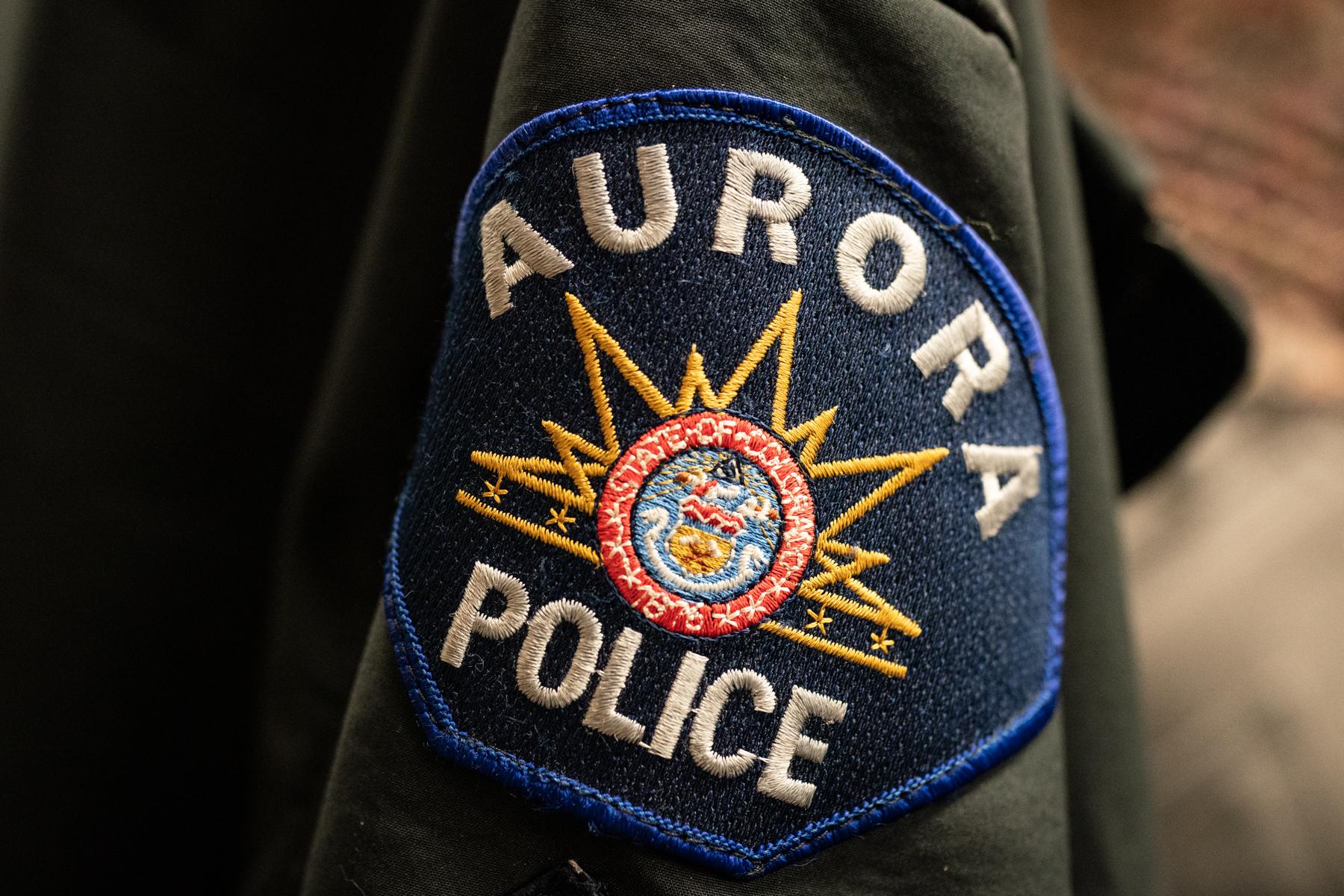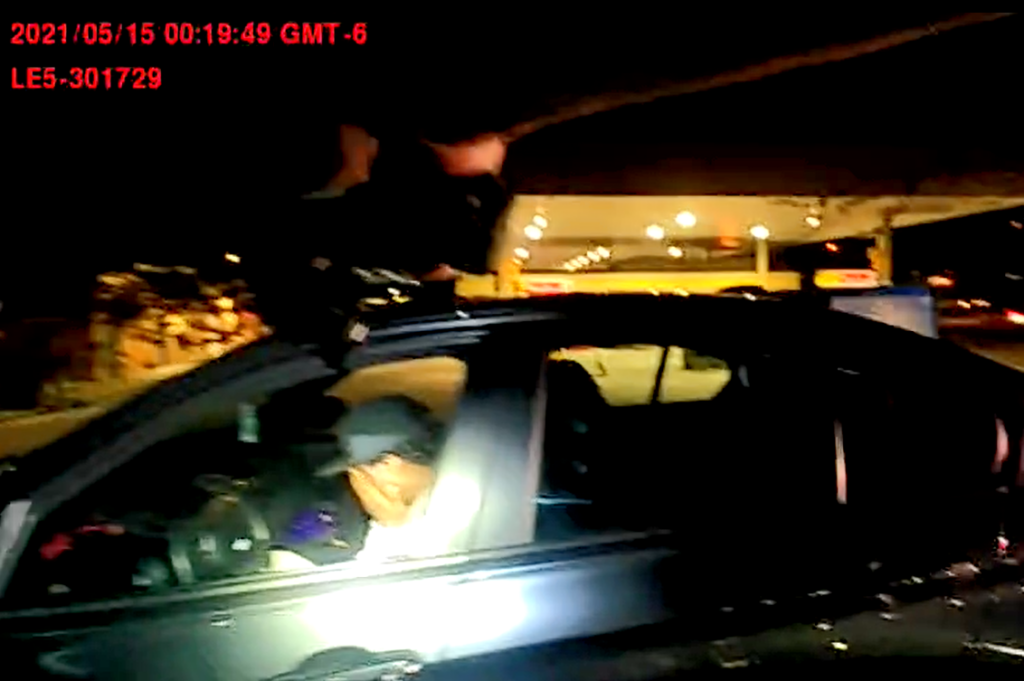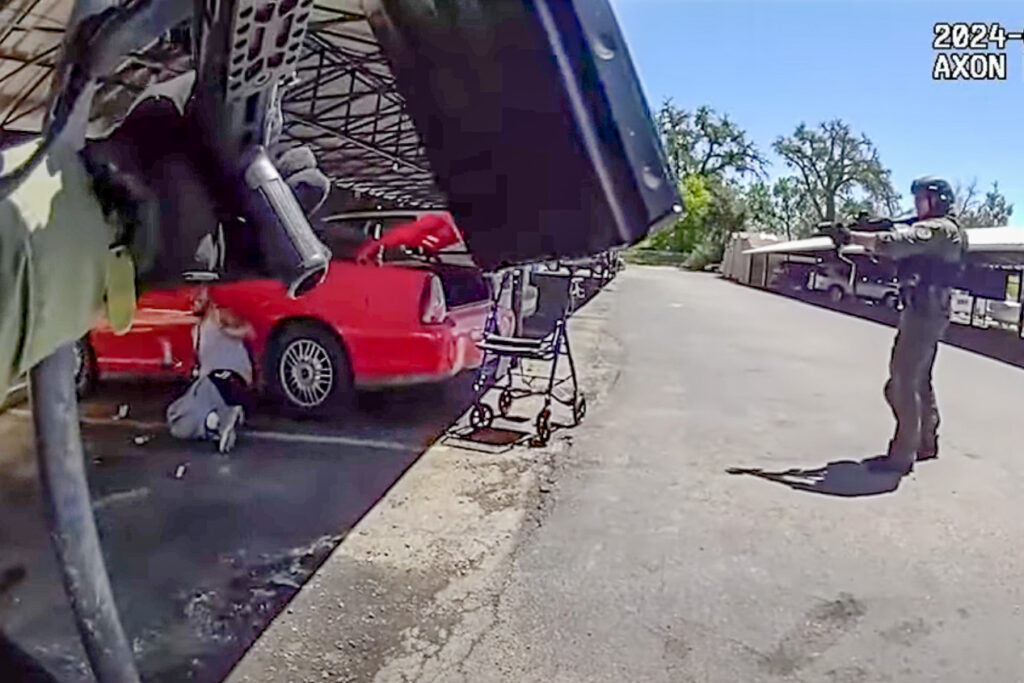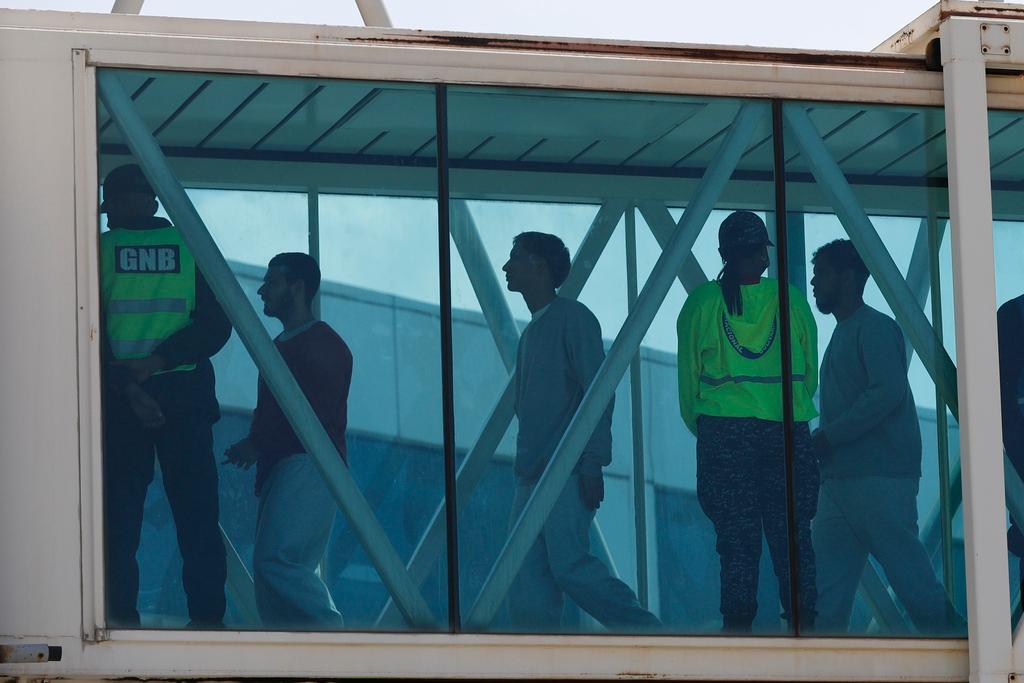
The latest report of the Aurora consent decree said the Aurora Police Department is on the right track, improving its policies.
The report used a violent traffic stop in 2021 involving a Black Aurora man and the shooting death of Kilyn Lewis as real-life examples in which policing once failed, but the decree mandates would have prevented it.
The independent monitor IntegrAssure released its eighth report for findings between Aug. 16, 2024, to Feb. 15 earlier this week. The report said the monitor was pleased with the police department’s progress.
"Leadership of the City, Aurora Police Department and Aurora Fire Department, and members of each department continued to embrace and take action toward shifting the culture to one of continuous improvement," the report said. "... The Monitor is pleased with and encouraged by the City’s overall progress, and believes that the City has substantially embraced the philosophy of continuous improvement and is well on the way to the reforms envisioned in the consent decree."
Addressing racial bias in policing and documentation of stops were marked as areas on the cautionary track — not meeting all the expectations of the decree. However, the report said those areas were affected by errors in the data collection.
Civil lawsuit in May 2021 traffic stop resurfaces
The independent monitor described Preston Nunn III’s confrontation with officers during a 2021 traffic stop as “a rapidly escalating encounter between an officer and a driver.”
The case continues to have what the report calls significant implications for the city and police department. A civil jury found the officer involved, Gabriel Nestor, was liable for $400,000 in damages in the encounter in January.
This was not the first time the monitor used this case in a report. The incident was written in the monitor’s first progress report released in July 2022. The monitor described the encounter as a “cautionary tale about the real-world consequences of poor decision making in policing.”
“Had the right processes, such as those which have since been put into place, been operating, it is very possible that the erosion of public trust, and the injuries to the subject of the encounter, would not have occurred,” the report said.
On May 15, 2021, Nunn and a female passenger were stopped by officers after failing to yield while officers were conducting another stop. Anfer Nunn showed him his registration, Officer Gabriel Nestor drew his gun on Nunn when he reached for his wallet in his pants.
The unarmed Nunn complied with Nestor before backup units arrived on-scene. After leaving the vehicle, he was tackled to the ground by Officer Cody Goetz. Body-worn camera footage showed Nunn’s head hitting the ground. Officers used a now-illegal chokehold and tased him during the confrontation.

The independent monitor was critical of the Aurora Police Department’s Early Intervention System (EIS). The system is designed to identify officers exhibiting patterns of concerning behavior before those behaviors result in serious misconduct, civil liability, or harm to the public.
The monitor noted that Nestor had documented performance issues and the APD’s EIS didn’t issue any warning that would have subjected him to additional supervision, mentoring or remediation.
It also said that more supervision and accountable field-level supervision would have corrected those problematic behaviors.
Death of Kilyn Lewis brings changes to APD SWAT team policies
The independent monitor also found critical issues in the handling of the fatal shooting of Kilyn Lewis in its last report.
It questioned APD’s use of force policies and training, use of less lethal force options, tactics, and the retention of the officer who fired the shot, Michael Dieck.
In May 2024, the APD SWAT team was attempting to arrest Lewis on an attempted homicide warrant from the Denver Police Department. Officers commanded the 37-year-old unarmed Black man to put his hands up and get on the ground. Lewis had appeared to pull an object out of his back pocket. It was later determined that it was a cell phone and snack food.

Dieck fired off a single shot, striking Lewis. He later died in the hospital. Then-18th Judicial District Attorney John Kellner declined to file criminal charges against Dieck following a Critical Incident Response Team investigation. Following the department’s own investigation, Chamberlain said Dieck didn’t violate agency policy. Dieck has since been removed from the SWAT team.
“The involved officer was removed from his SWAT position, a decision not solely based on this incident, but also grounded in considerations of officer wellness, community trust, and a comprehensive assessment of past engagements,” the report said.
SWAT team overhaul
According to the latest report, Aurora Police Chief Todd Chamberlain independently decided to initiate an in-depth review of the SWAT team’s operations.
The unit will now conduct 240 hours of annual team training and 313 hours of individual training. The Special Operations Division Commander or Division Chief must be present at all SWAT callouts and warrant services.
APD modified its procedures and implemented a more rigorous approval process for all external and internal warrant service requests. The monitor noted that the Denver PD’s SWAT team doesn’t operate outside of its jurisdiction. A Risk Assessment Matrix was developed to categorize warrants as high risk or low risk, factoring in suspect history, gang affiliation, weapons concerns and location fortifications. The SWAT team will not be deployed for a high-risk warrant after meeting strict criteria.
In their improvements in tactical approach, the APD SWAT was mandated to have a designated “less-lethal operator” for every arrest scenario, so that less-lethal tools are a priority.
The monitor wrote that APD made significant progress in improving its SWAT team.
“Through tighter warrant service controls, revised tactical procedures, expanded training initiatives and stronger command presence, APD has positioned SWAT to operate with greater precision and reduced risk, so deployments are aligned with best practices in modern policing,” the monitor wrote. “These changes reflect a deliberate shift in strategy, reinforcing SWAT’s role as a highly skilled, mission-focused team dedicated to executing critical operations safely and effectively.”
The next progress report covering the period between Feb. 16 to Aug. 15 will be released on Oct. 15. There will be 12 total reports issued under the consent decree.
- Aurora Police says reports by officers of using force went up in 2023, even as lethal use dropped
- Latest consent decree report raises questions on Aurora police shooting of Kilyn Lewis
- Aurora Police Bias Training deadlines were missed, but mandated reforms remain on track
- Aurora is the first Colorado city under state oversight to reform policing. Two years in, how’s it going?
Funding for public media is at stake. Stand up and support what you value today.








